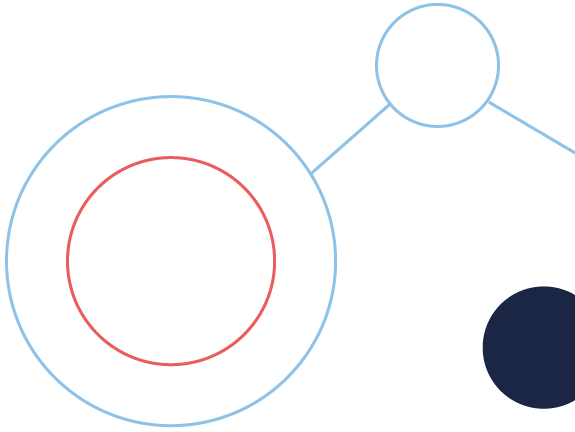Prior to the introduction of Direct Acting Antivirals (DAAs) therapy, hepatitis C affected more than 250,000 Australians resulting in up to 630 deaths from liver cancer and liver failure each year. [1]
Due to the result of the introduction of DAA treatments and the associated high cure rates, the number of people estimated to be still living with hepatitis C at the end of 2019 was 122,264. [3]
In Australia, of the estimated 122, 000 people living with hepatitis C, 20% of people do not know they have the virus. An estimated 60,240 people have been diagnosed with hepatitis C but have not been cured.[4]
There are many benefits of testing and treating people for hepatitis C:
- Hepatitis C is curable
- Stops further transmission of hepatitis C
- Prevent liver cirrhosis and liver cancer
- Improve the quality of the person’s physical, mental and social wellbeing
- Provide optimal evidenced-based healthcare for people who may have experienced trauma, disadvantage, marginalisation, substance use and stigma.
What is hepatitis C?
Hepatitis C is a blood-borne virus that affects the liver.
- Left untreated, hepatitis C may cause a long-term debilitating illness that significantly reduces the person’s quality of life.
- Hepatitis C can cause cirrhosis and liver cancer, with symptoms often appearing 20 to 30 years after the person first acquired the virus.
A cure for hepatitis C
- Treatment is now more than 95% effective at curing hepatitis C
- Most people can get a prescription for treatment from their GP or Nurse Practitioner
Highly effective medications are available to cure hepatitis C with 8 to 12 weeks of commencing treatment. They are easy to take, requiring as little as one tablet a day, with no injections. Most people will experience no or few side effects. Treatment can be initiated and repeated if person becomes reinfected.
The goal of elimination
The World Health Organization has set a target to eliminate viral hepatitis as a public health threat by 2030. Elimination is defined as a 90% reduction in new chronic infections and a 65% reduction in mortality, compared with the 2015 baseline. To do this, we need to increase the testing and treatment of people who have hepatitis C. By participating in this program, you will be helping us work towards this goal. [2]
References
- Burnett Institute. Eliminate Hep C [Internet]. Burnett Institute; 2022 [Update 2022; Cited 2022 Jul 19]. Available from: Eliminate Viral Hepatitis | Burnet Institute
- World Health Organisation. Global health sector strategies on, respectively, HIV, viral hepatitis and sexually transmitted infections for the period 2022-2030 [Internet]. WHO; 2022 [Update 2022 Jun; Cited 2022 Jul 19]. Available from: full-final-who-ghss-hiv-vh-sti_1-june2022.pdf
- WHO Collaborating Centre for Viral Hepatitis; The Peter Doherty Institute for Infection and Immunity; Australasian Society for HIV, Viral Hepatitis and Sexual Health Medicine. Viral Hepatitis Mapping Project, National Report 2020. 2020. 89 p.
- Kirby Institute, HIV, viral hepatitis and sexually transmissible infections in Australia: Annual surveillance report 2023. Available from: https://www.kirby.unsw.edu.au/research/reports/asr2023




